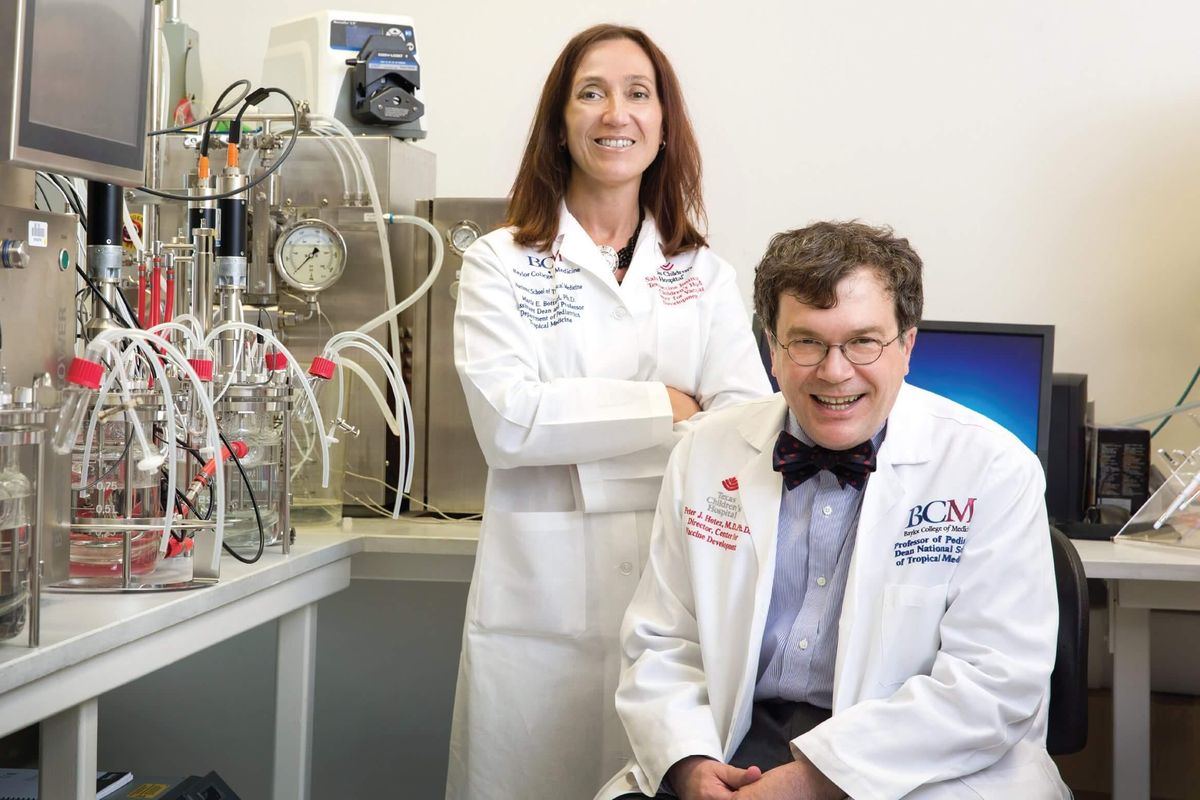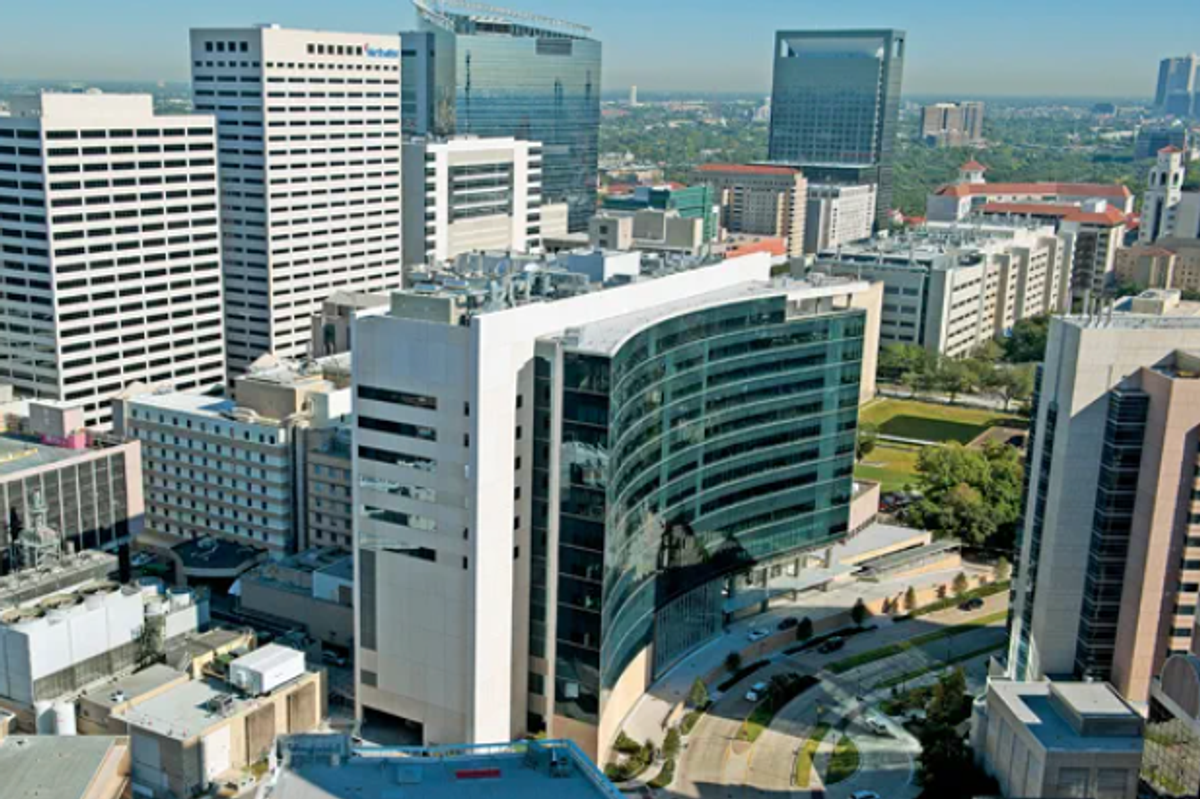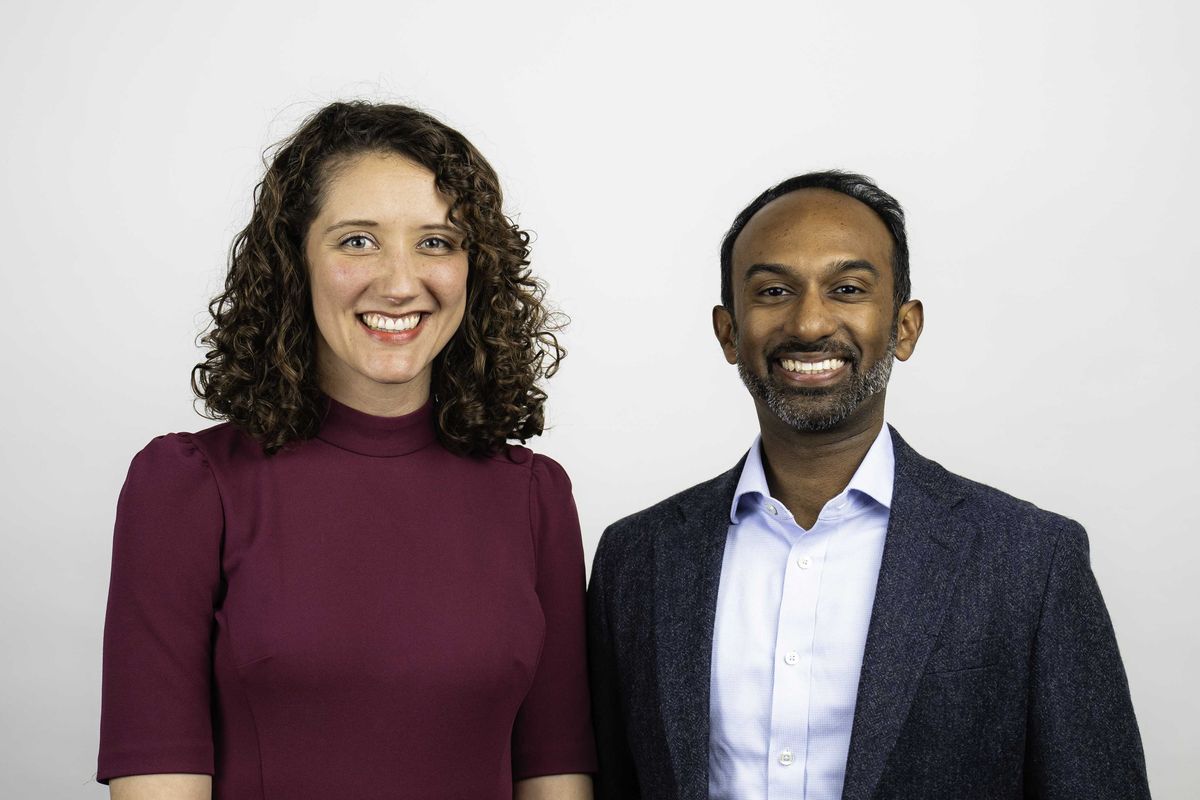University of Houston-Downtown receives $250,000 gift to go greener
green for green
The University of Houston-Downtown has gotten some green to make its new College of Sciences & Technology Building even more green.
The Green Mountain Energy Sun Club, a nonprofit affiliated with the Green Mountain Energy utility provider, has pledged more than $250,000 to UHD for installation of solar panels at the building, as well as the purchase of photosynthesis equipment.
Akif Uzman, dean of UHD's College of Sciences & Technology, says in a release that the Green Mountain Energy Sun Club gift propels "our drive to show students and our local community our commitment to energy conservation and sustainable energy practices."
By the spring of 2020, UHD will install a 54-panel, 16.7-kilowatt, off-grid solar system that will help power two environmental science teaching labs in the College of Sciences & Technology Building. One of the labs, the Green Mountain Energy Sun Club Environmental Science Lab, will host classes by next year's spring semester.
"Our mission is to change the way power is made, and we share UHD's dedication to renewable energy, environmental education, and reducing carbon emissions," Mark Parsons, vice president and general manager of Houston-based Green Mountain Energy, says in a release.
Houston-based NRG Energy owns Green Mountain Energy.
Donations to the Sun Club come from Green Mountain Energy and its customers and employees. Since 1997, Green Mountain Energy has promoted energy efficiency, conservation, and environmental stewardship.
The Sun Club gift also will help buy a portable photosynthesis system. Michael Tobin, associate professor of biology, says the equipment will take measurements of plants in courses such as Plant Biology Laboratory, General Ecology Laboratory, and Environmental Lab and Field Studies. In addition, it will be used by students conducting faculty-guided research projects.
"A research-grade instrument to make photosynthesis and water use measurements will enhance students' research experiences and increase the likelihood that their project results can be published in a peer-reviewed scientific journal," Tobin says in a release.
UHD opened the College of Sciences & Technology Building in August. It's the first University of Houston System building constructed to meet LEED Gold standards, reflecting a commitment to sustainability features such as energy-efficient lighting, recycled construction materials, and "smart" design components.
Spanning 105,000 square feet, the College of Sciences & Technology Building contains nearly 30 labs for teaching and research, as well as classrooms, meeting and study spaces, and a café. UHD envisions the building will be a "model for sustainability in Houston."
Environmental highlights of the building include a 6,000-gallon cistern that provides water for the outdoor urban gardens, and the addition of native grasses in the surrounding landscape to create a micro-pocket prairie and, in effect, an outdoor classroom.
Aside from classes and resources for students and faculty in biology, biotechnology, biological and physical sciences, and chemistry, the building houses UHD's Center for Urban Agriculture & Sustainability.
The center is "a game changer for UHD initiatives and scholarly activities centered on sustainability," Lisa Morano, director of the Center for Urban Agriculture & Sustainability, says in a release. "It also serves as an example of how planners and architects can incorporate environmentally sound decisions in the design and construction of academic facilities."
Juan Sánchez Muñoz, president of UHD, says the College of Sciences & Technology Building is a hub for academic exploration and a catalyst for community collaboration.
"Its labs and learning spaces will elevate UHD's ability to prepare the next generation of Houston's scientists and innovators. The facility also will serve as a place where Houstonians can gather to address issues affecting our city and to learn how UHD is leading positive change in the region," Muñoz says in a release. "It's a major addition to our campus and an incredible asset to Houston."




















